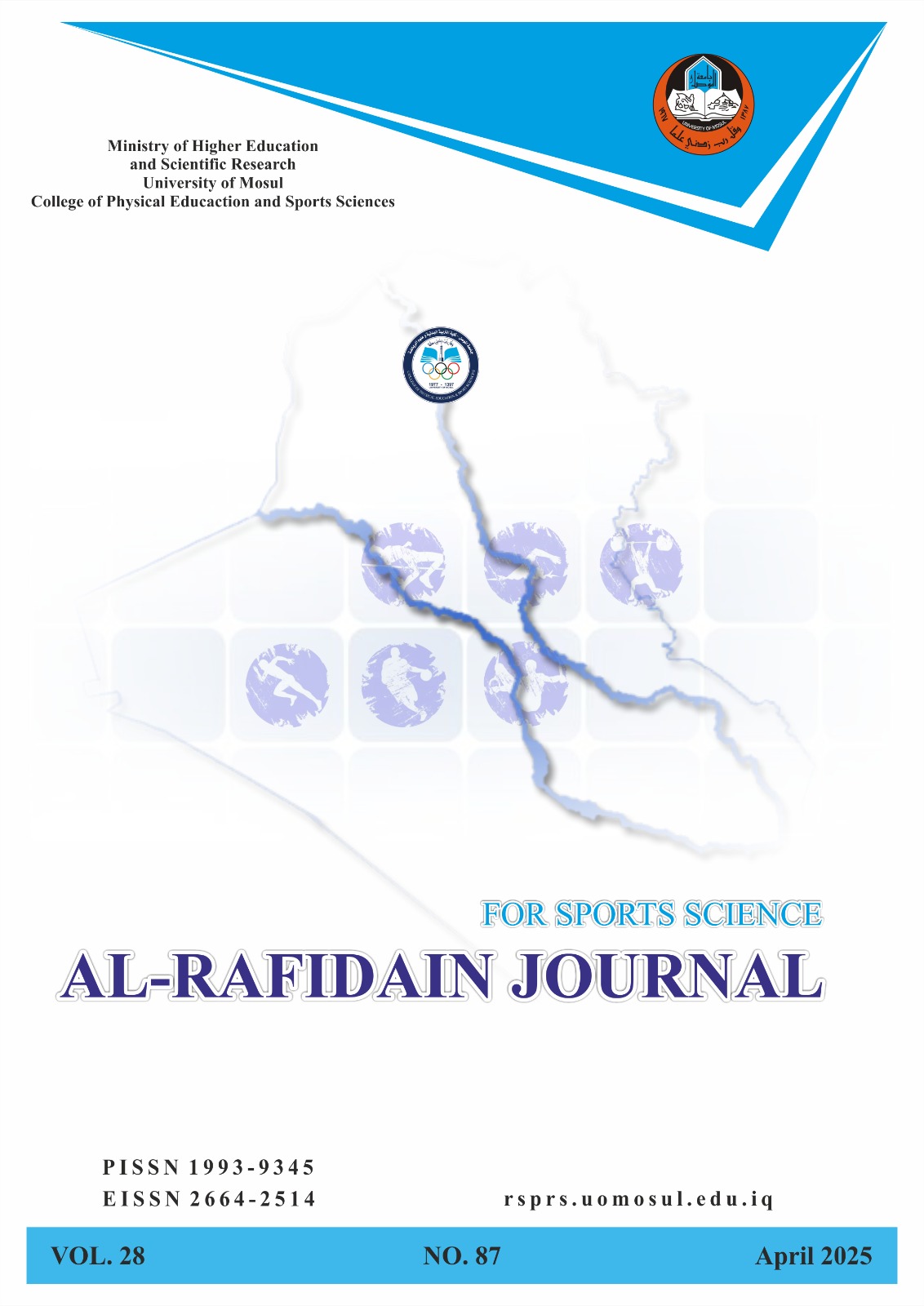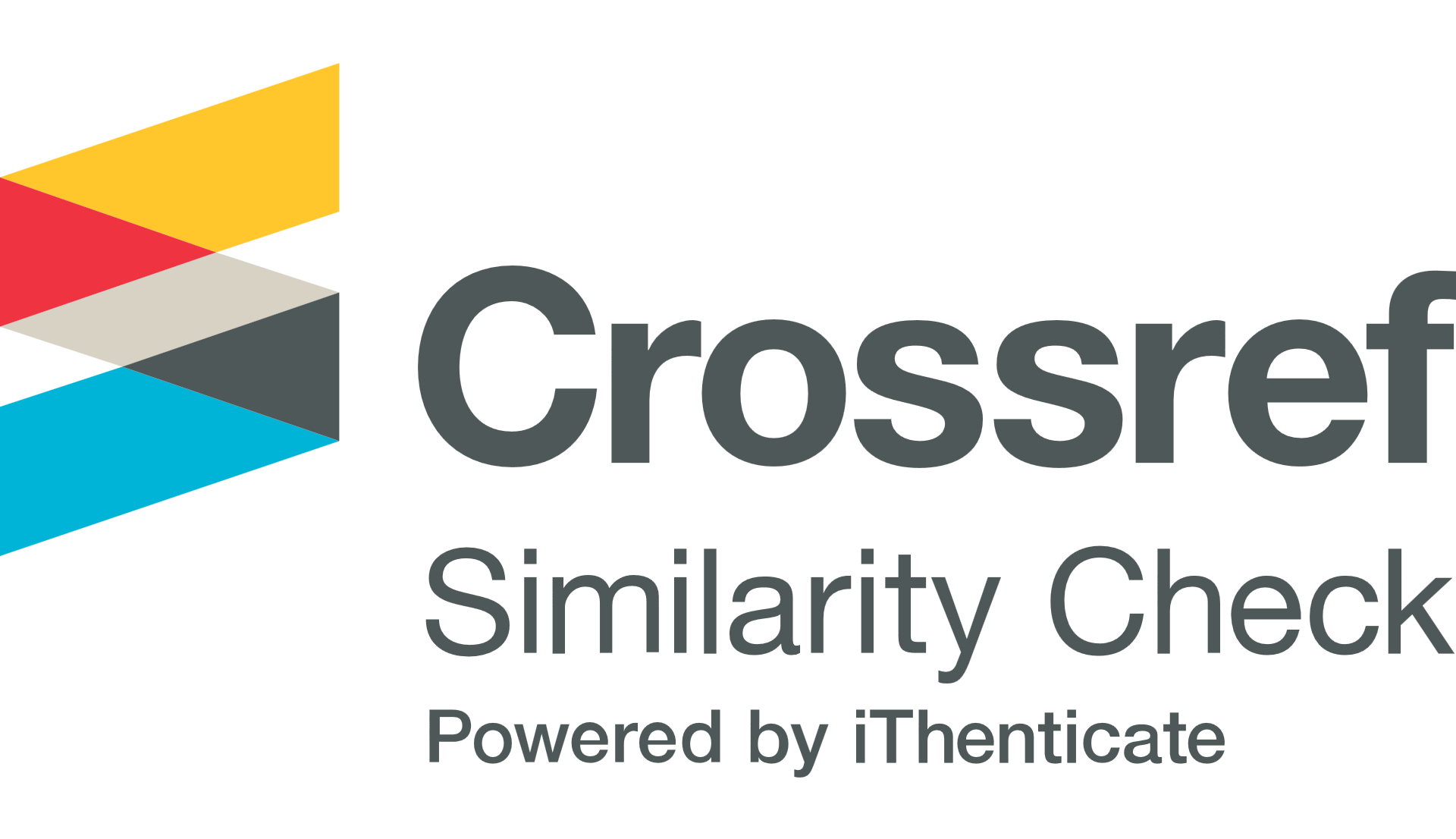The effect of the Merder and Driver strategies on learning the skills of passing and scoring in Football
Abstract
The research aimed at revealing the impact of using the Merder and Driver strategies in obtaining the skills of passing and scoring in football, and finding the differences between them. The experimental method was used for its suitability with the nature of the research. The research population consists of fourth-grade secondary school students at Al-Mutasim Billah Secondary School for Boys for the academic year(2023-2024), which consists of (3) sections with a number of (195) students. The research sample consisted of (72) students distributed into three groups, and each group included (24) students and a number of students were excluded. The first experimental group used the Merder strategy, while the second used Driver's strategy. As for the third, it used the method used by the teacher in the physical education lesson. The educational program lasted for four weeks, with two educational units per week. Each group had (8) educational units. The time of the educational unit was (40) minutes and after completing the implementation of the program, posttests for the period 24-26/4/2024 under the same conditions in which the pretests were conducted. After collecting the data, it was processed using the statistical package (SPSS) and the following was concluded:Using the Merder and Driver strategies had a positive impact on learning the skills of passing and scoring in football.2. The results of the students in the first and second experimental groups were superior when compared to the results of the students in the control group in learning the skills of handling and scoring in football.






